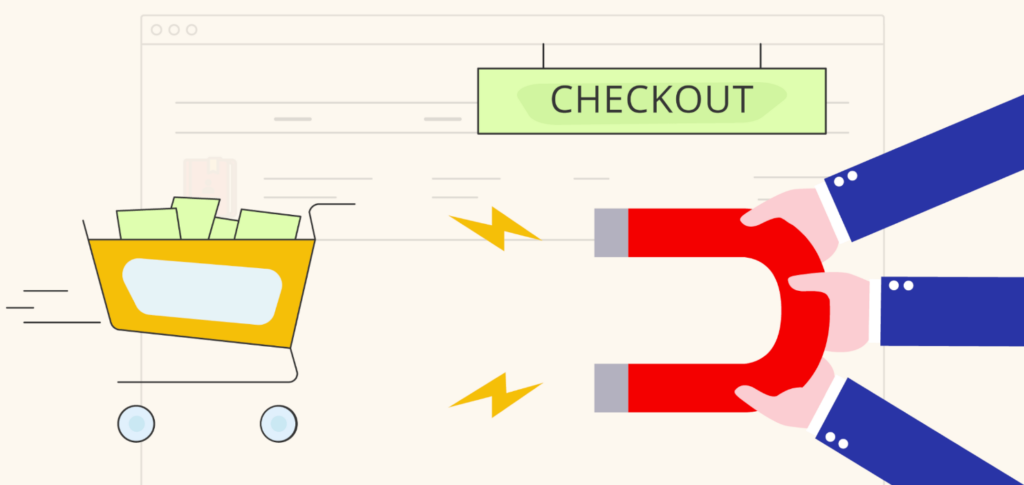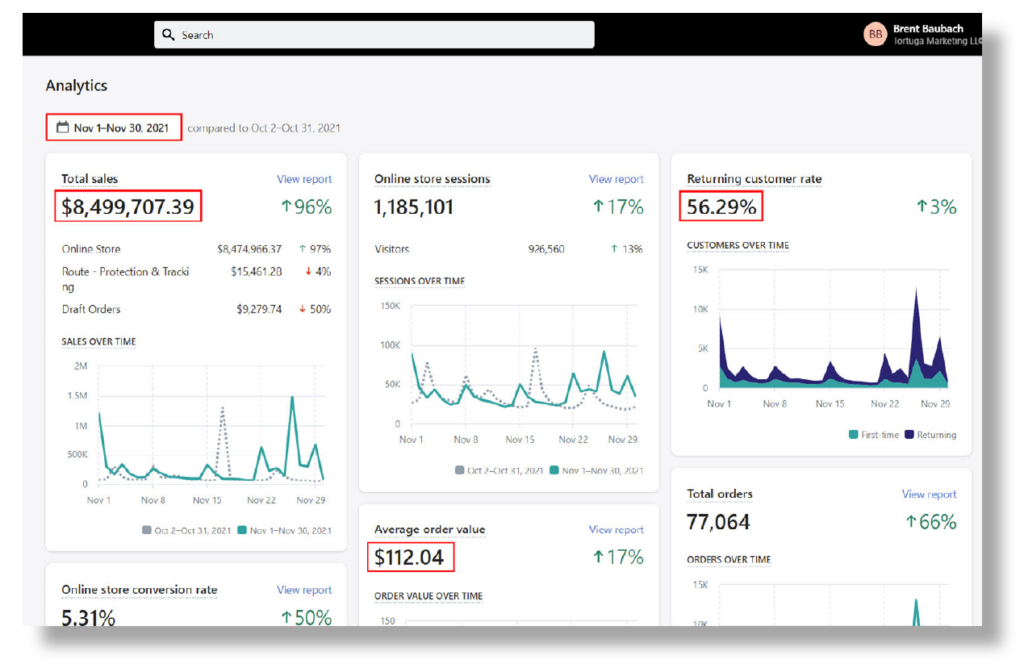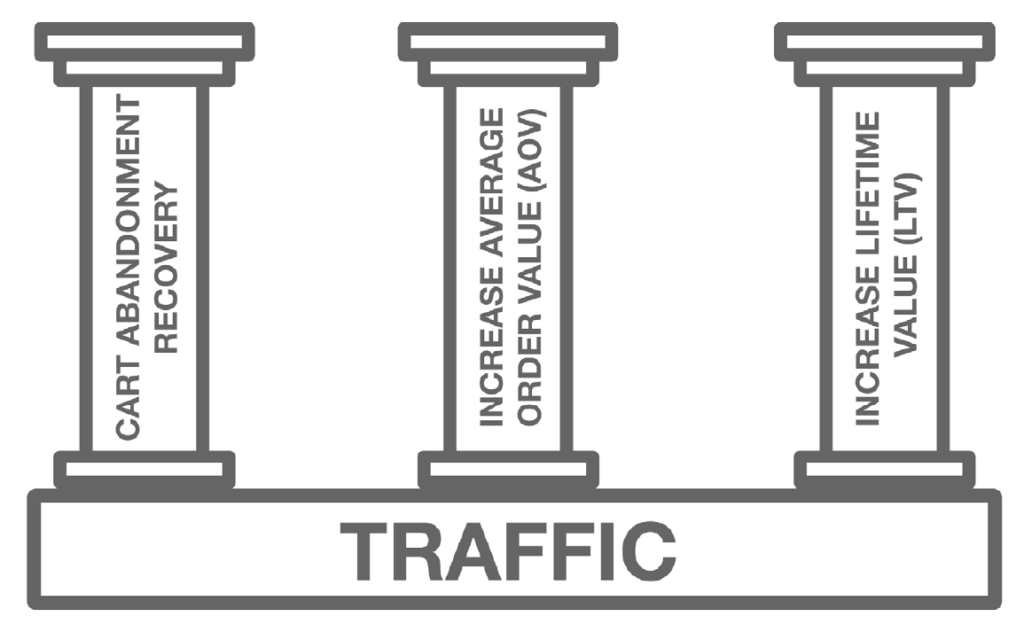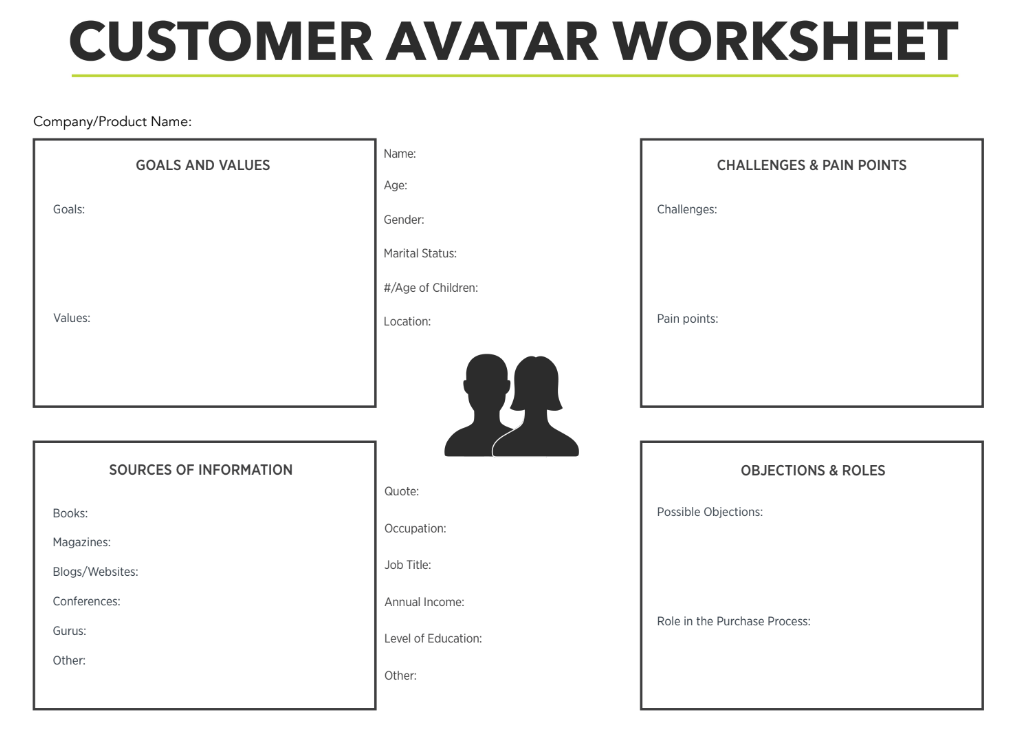Once upon a time, in the bustling world of business strategy, lived two powerful entities – Brand Strategy and Marketing Strategy. They might seem like twins to the untrained eye, but they’re more like two sides of the same coin. Each has unique characteristics, and each plays a crucial role in propelling a business towards success.
So, let’s embark on a journey to explore these strategic pillars, understand their unique roles, and learn how they dance together to create a symphony of business success.
The Soul of a Business: Brand Strategy
Imagine Brand Strategy as a master architect, sketching the blueprint for a magnificent castle that will stand the test of time. The castle is your business, and the architect focuses on long-term goals, laying the foundation strong and deep.
Brand Strategy is all about defining your brand’s purpose, promise, and core values. It’s not just about a flashy crest or a catchy anthem; it’s about forming an emotional bond with the kingdom’s subjects—your audience. This strategy is fundamental in making your castle stand tall and unique amongst a sea of fortresses.
The visual and verbal ways your brand communicates with your audience—your brand identity—is like the castle’s banner flapping in the wind. It includes the crest (your logo), the color of your flags (color scheme), the tone of your town crier (tone of voice), and the message he proclaims (overall message).
To build a strong castle, you need to know who will live in it—your target audience. You need to understand their needs, desires, and how your brand can fulfill those needs.
The Herald of the Kingdom: Marketing Strategy
Now, enter the town crier, aka the Marketing Strategy. His job is to tell the world about the grandeur of the castle, attract new citizens, and keep the existing ones happy. He has a plan – a detailed roadmap that outlines the unique charm of the castle and how to lure potential citizens and retain the existing ones.
Think of Marketing Strategy as your guide through the wilderness of the market. It helps you understand who your citizens are, what they desire, and how you can fulfill their needs better than the other kingdoms. The town crier might use different routes and methods to spread the word—social media, email marketing, SEO, and content marketing.
But remember, the town crier isn’t shouting about selling homes or peddling goods in the castle. He’s weaving tales of value and building strong relationships with the citizens. His tales should focus on delivering the right message to the right audience at the right time, understanding the citizen’s journey, and making strategic decisions that lead to the growth of the kingdom.
The Dance of Differences: Brand Strategy vs. Marketing Strategy
At first glance, you might wonder how the architect’s blueprint differs from the town crier’s tales. Here’s the secret—they serve different purposes.
The architect, or Brand Strategy, focuses on the soul of the castle—its mission, values, and unique charm. It’s what distinguishes your castle from other fortresses and forms the basis of your citizens’ perception of you. This strategy remains relatively constant, reflecting the core values and long-term goals of your kingdom.
The town crier, or Marketing Strategy, on the other hand, is more flexible and target-directed. He communicates the castle’s message to the citizens and potential citizens using various routes and methods. His strategy can adapt based on the conditions of the roads, the mood of the citizens, and the goals of the kingdom.
Crafting the Castle: Building a Brand Strategy
Creating a castle isn’t a task to take lightly—it forms the foundation of how your kingdom is perceived. A Brand Strategy is more than just a crest or anthem; it’s the personality and promise of your kingdom.
First, you must clearly define your kingdom’s mission, vision, and values. These are your guiding principles that’ll shape every decision, from the design of the castle to the town crier’s message.
Next, identify your citizens. Understand their needs, desires, and pain points, to guide how you communicate with them.
Once you’ve laid down these foundations, it’s time to craft your kingdom’s voice, look, and feel. Create a unique, consistent style that resonates with your citizens and differentiates you from other kingdoms.
Remember, building a castle isn’t a one-time event. You’ve got to continually maintain and evolve your castle in response to shifting market trends and citizen expectations. Keep an eye on your kingdom’s growth, gather feedback from your citizens, and don’t be afraid to tweak your strategy if necessary.
Designing the Town Crier’s Tales: Developing a Marketing Strategy
Every kingdom needs a well-crafted tale to attract citizens and retain them. A town crier without a plan is like a ship without a compass. So where should you start?
First, you’ve got to understand your kingdom. Don’t assume you know your citizens. Conduct market research to gather data on their preferences, habits, and needs. This information is crucial for formulating an effective marketing plan.
Second, identify your kingdom’s unique charm—what sets your castle apart from the rest? This needs to be clear in the town crier’s tales.
Next, evaluate your neighboring kingdoms. Understand their strengths and weaknesses. This analysis will help you position your kingdom effectively.
Lastly, develop a comprehensive plan for the town crier’s tales. Which routes will he take? Will he shout from the rooftops, send carrier pigeons, or pen down scrolls? How often will he spread the tales?
Crafting a Marketing Strategy requires careful analysis and strategic thinking. It’s not a one-time activity. It’s an ongoing process that needs constant tweaking and refining based on the changing landscape and feedback from your citizens.
The Perfect Harmony: Merging Brand and Marketing Strategies
When the architect and the town crier work in harmony, it can significantly elevate the grandeur of your kingdom. When your Brand Strategy and Marketing Strategy are intertwined, it amplifies your kingdom’s voice, making it more recognizable to your citizens.
The first step in this process is identifying your kingdom’s unique charm and weaving it into the town crier’s tales. This charm should be at the heart of every tale he tells.
Next, ensure that the town crier’s methods align with the castle’s values. If your kingdom values sustainability, for example, maybe the town crier opts for carrier pigeons instead of paper scrolls.
Consistency is key. The kingdom’s voice, personality, and look should be consistent across all channels and touchpoints. This will reinforce your kingdom’s image in the minds of citizens, strengthening your overall presence.
Following these steps will create a harmony between your Brand and Marketing Strategies, driving your kingdom towards success.
The Grand Finale: Brand Strategy and Marketing Strategy
In conclusion, understanding the dance between Brand Strategy and Marketing Strategy is crucial for the grandeur of your kingdom.
Creating your unique Brand Strategy helps define the soul of your kingdom, while a Marketing Strategy outlines how to spread its tales. Merging the two effectively can amplify your kingdom’s grandeur.
So, don’t overlook their importance – take time to craft, refine, and implement both for optimal results.
Frequently Asked Questions
What are some common pitfalls in developing a Brand Strategy?
When developing your Brand Strategy, it’s crucial not to overlook your citizens’ needs. Don’t rush the process, take time to define your kingdom comprehensively. Avoid inconsistency in your kingdom’s message, as it confuses citizens. Don’t neglect the neighboring kingdoms; understanding them can give you a competitive edge.
How can a small kingdom develop an effective Marketing Strategy with a limited budget?
Even with a tight budget, you can craft a potent Marketing Strategy. First, understand your citizens well. Shape your products, services, and communication to meet their needs. Use carrier pigeons effectively; they’re cost-efficient and have a vast reach. Engage your citizens with regular, relevant tales to attract and retain them.
How often should a kingdom revisit and possibly revise its Brand and Marketing Strategies?
You should revisit your Brand and Marketing Strategies at least annually. However, staying flexible and adjusting more frequently, if necessary, is crucial. The landscape, citizen behaviors, and neighboring kingdoms change rapidly. Staying proactive will ensure your strategies remain effective and aligned with your kingdom’s goals.
Can a kingdom succeed with a strong Marketing Strategy but a weak Brand Strategy?
You can succeed with a robust Marketing Strategy, even if your Brand Strategy isn’t as strong. However, it’s not optimal. A strong Marketing Strategy can attract citizens quickly, but a weak Brand Strategy can hinder long-term citizen loyalty. It’s like having a grand feast but weak castle walls. You’ll attract citizens fast, but won’t be able to protect them for long.










